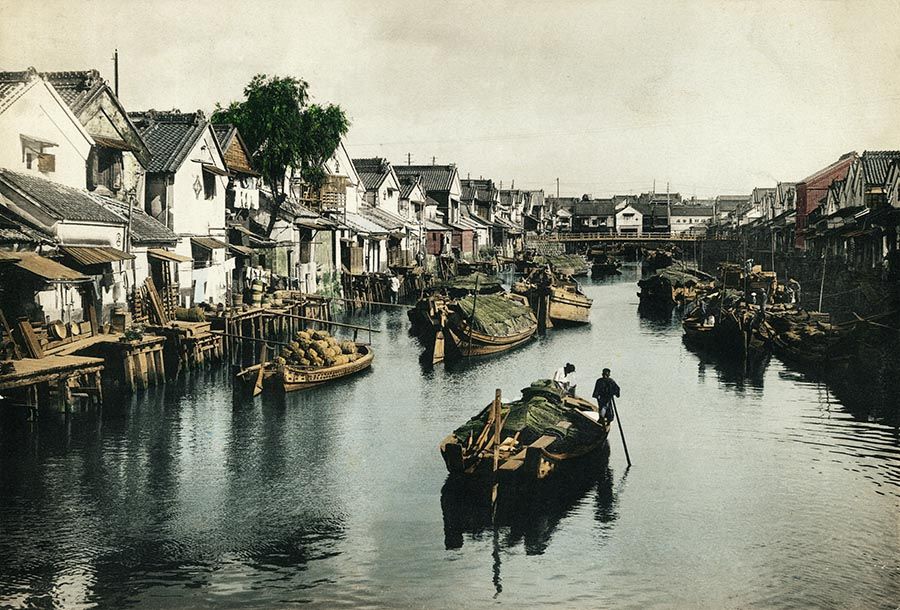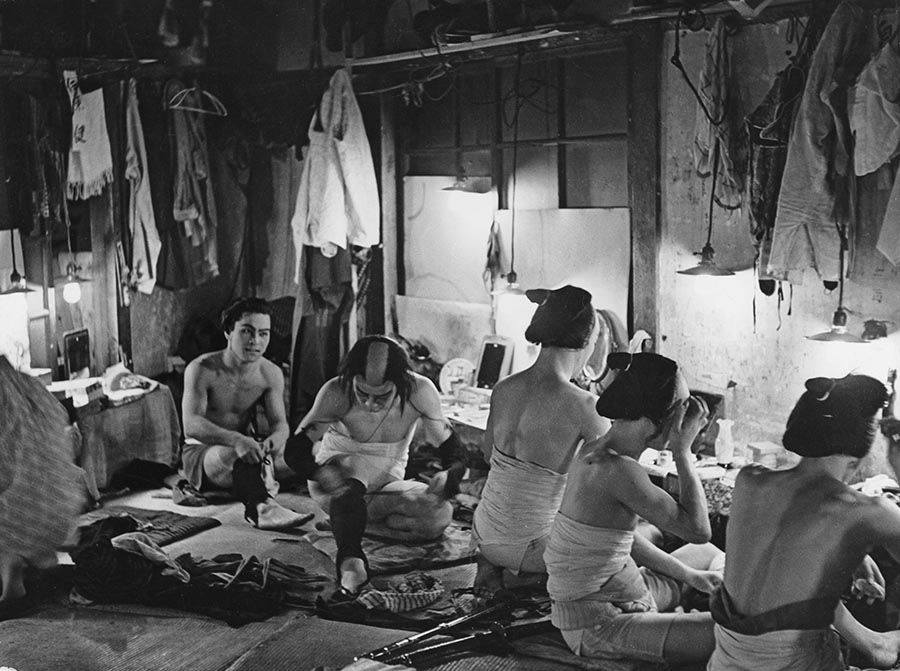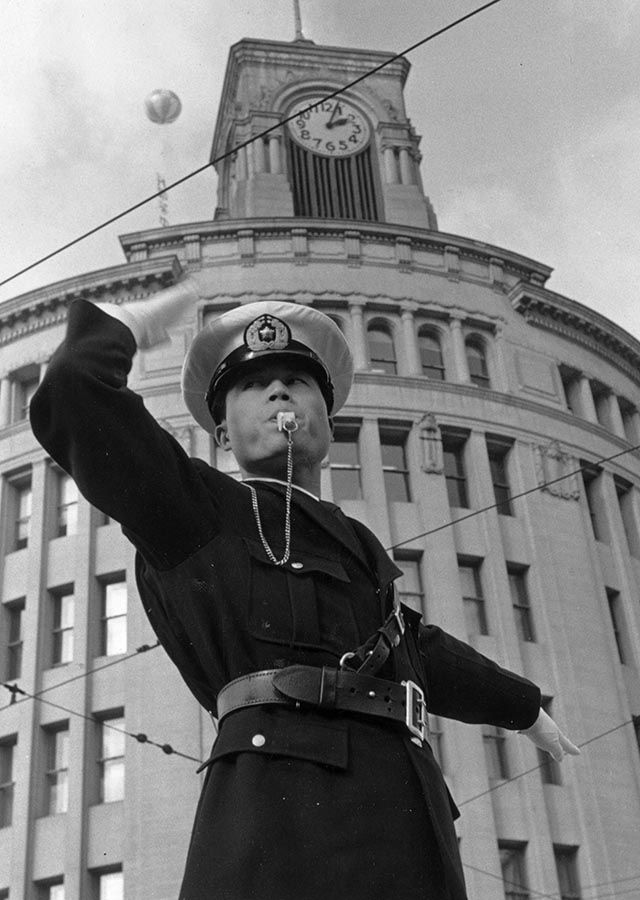City Diaries: Tokyo
Learn more about the Tokyo digital photographs in this month's Exposure collection.

In Tokyo, the past and the future coexist in remarkable harmony. Photography has played a crucial role in providing a window into the city's evolution over the years, and there is so much more to this city than the futuristic wonders that now form its skyline.
The four photographs below, taken from the City Diaries Collection, capture a moment long before Tokyo became the neon capital of the world. Each image, from Tokyo’s busy streets to its peaceful oases, conveys tales of resilience and tradition.
Hulton Archive: Barges on the Canal (1880)
Long before Tokyo glimmered with skyscrapers, it was a labyrinth of enchanting canals, which not only served as conduits for trade but also played a significant role in shaping the city’s physical development. These waterways determined the positioning of markets, factories, and warehouses, which were strategically located along the waterways to facilitate the movement of goods.

Pictured: During the late 19th century, barges carrying wares were a common sight along the canals of Tokyo. These vessels were a vital means of transporting goods and people, providing a logistical lifeline to the city. From rice and tea to silk and pottery, a wide variety of wares could be found aboard these barges, each with its own unique merchant markings and logos. The energy buzzing through the canals reflected the dynamism and progress of Tokyo as it transitioned from the Edo of old into the thriving metropolis it is today.
Fox: Kamakura Beach (1930)
Tokyo's rapid growth during the early 1900s brought significant urbanization and industrialization, which led many residents to seek out quiet escapes outside the urban center. Kamakura Beach, in particular, was a popular destination for city residents seeking an escape from the summer heat. Inspired by Western lifestyle concepts of beach culture and recreation, many urbanites flocked to these natural oases to escape the pressures of urban life.

Pictured: Kamakura Beach during the 1930s encapsulated a shifting societal landscape, where individuals sought leisure, embraced new experiences, and broke free from traditional constraints. Popular beach attire reflected a fusion of traditional Japanese elements with emerging Western influences, showcasing a unique blend of modesty and sophistication. Many of these designs, such as the frequent use of striped patterns, were widely associated with a nautical and maritime aesthetic, evoking a sense of leisure, classiness, and coastal charm.
Frederick L Hamilton: Tokyo Theatre (1955)
Kabuki, a vibrant form of classical Japanese theater, emerged during the Edo period as a popular storytelling form, allowing spectators to explore historical events, myths, and social issues in a visually striking, emotionally resonant manner. At the heart of Kabuki lies the art of onnagata, in which male actors play the role of female characters. This practice enabled the exploration of complex emotions, societal norms, and gender dynamics within a highly stylized and symbolic framework.

Pictured: A group of actors prepare to play female roles backstage in a Tokyo theater. Becoming an onnagata was a demanding process that required male actors to strenuously train their bodies, voices, and emotions to embody a culturally conventional ideal of femininity. While the formal inclusion of women on the Kabuki stage in 1918 expanded the tapestry of Japanese theater, onnagata remains respected and occasionally performed tradition to this day – reflecting changing societal norms and the significance of gender representation in the arts.
Keystone: Tokyo Traffic Police (1955)
In the aftermath of World War II, Tokyo embarked on the arduous task of rebuilding social order. The streets teemed with the fervent energy of resilience and determination. In this era of renewal, the role of the Tokyo police officers extended far beyond law enforcement. They became ambassadors of hope, reminding the people that amidst destruction, there exists the capacity for resilience and rebirth.

Pictured: In central Tokyo in 1955, a traffic policeman working on the Ginza was a common sight. Clad in white gloves and a traditional uniform, the traffic policeman stood at busy intersections, using hand signals and whistles to control the flow of cars and people. This police officer uniform design from Tokyo’s post-war period embodied a distinctive blend of military influence and the need for reestablishing order in a society recovering from the ravages of World War II. For many Tokyo residents, the traffic policeman on the Ginza became a reassuring presence, a symbol of stability amidst the city's rapid growth and modernization.
Own a piece of Tokyo’s history, and capture the essence of its ever-changing character. Check out our drop page and the marketplace — and claim your free to mint image before the drop ends.

